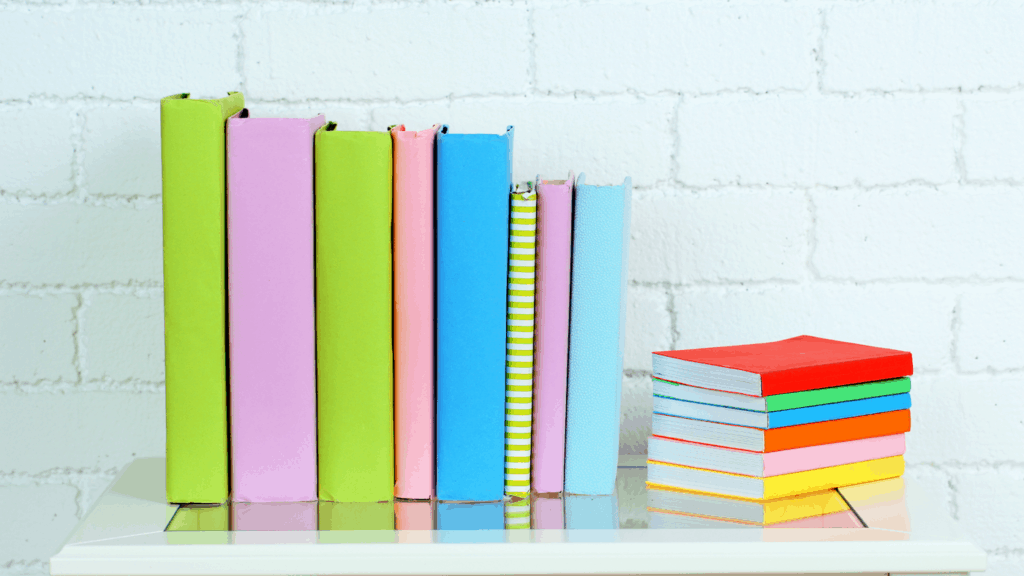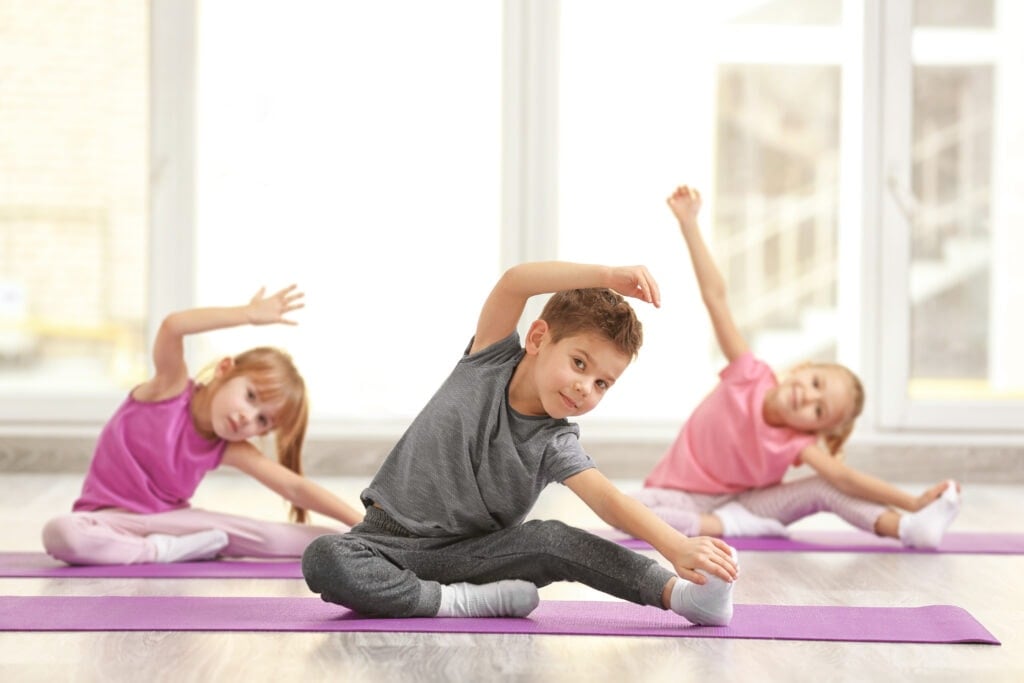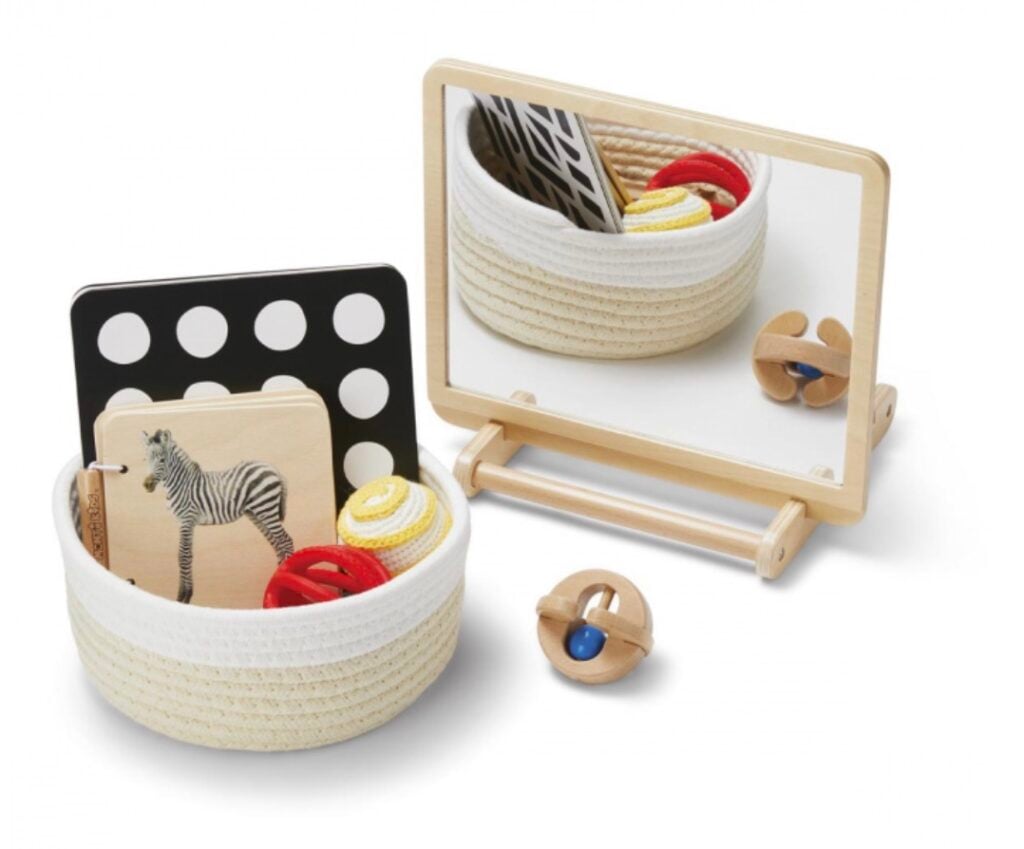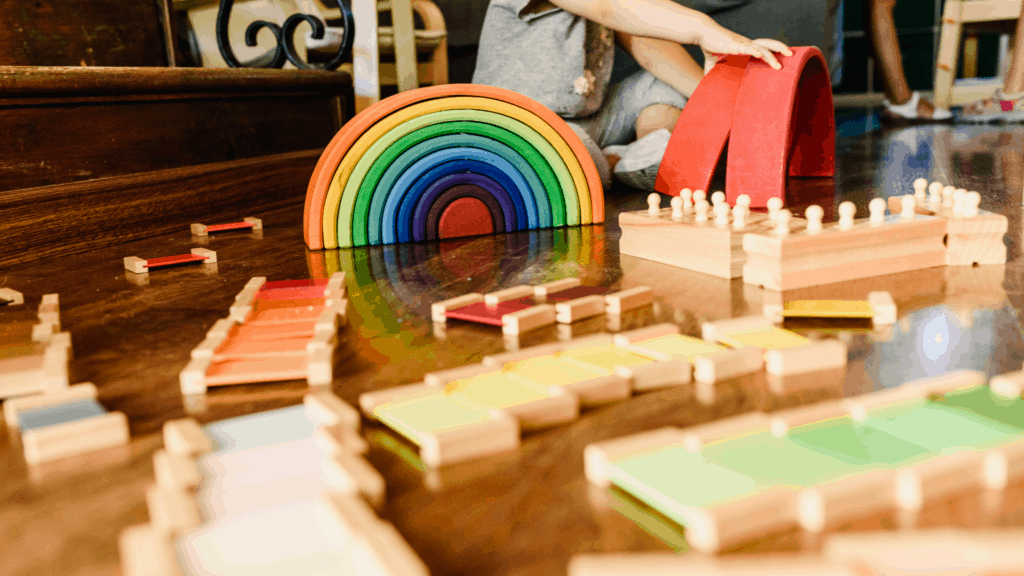No one has quite as much energy or curiosity as a 2-year-old! Each activity belongs to specific areas of the Montessori curriculum and provides children with opportunities to develop important skills and experiences.
Here are 10 of the best Montessori activities for 2-year-olds:
On This Page…
- Here are 10 of the best Montessori activities for 2-year-olds:
- 1. Walk the Line
- 2. Pouring Water
- 3. Sweeping
- 4. Color Sorting
- 5. Hanging Up Washing
- 6. Matching Activities
- 7. Baking
- 8. Sink or Float
- 9. Gardening or Caring For Plants
- 10. Opening and Closing Containers
- Next, check out some more great activities for:
You can also find some activities for 3-year-olds here.
1. Walk the Line
Walk the Line is a classic
For this activity, all you need is a clear space indoors or outdoors, and some masking tape. You stick the masking tape to the ground in a large semi-circle and let your 2-year-old walk along the line. Add some music in the background to make this activity a Music and Movement one!
Why It’s Beneficial: Walking the line helps develop balance, coordination, and concentration. It also encourages children to follow rules and to be more independent. When children practice walking the line, they learn to control their movements and to pay close attention to their surroundings.
This activity helps them develop their spatial awareness and improves their overall coordination. Toddlers must focus on their movements and follow rules, such as staying on the line.
2. Pouring Water
Pouring water is another classic
All you need for this activity is a child-sized pitcher (or a bottle if you do not have a pitcher), a child-sized glass, a tray, and a cloth or sponge. You place the items on the tray and let your toddler explore how to pour water from the pitcher into the cup. If they spill (which they most certainly will!), they can use the cloth to wipe it up.
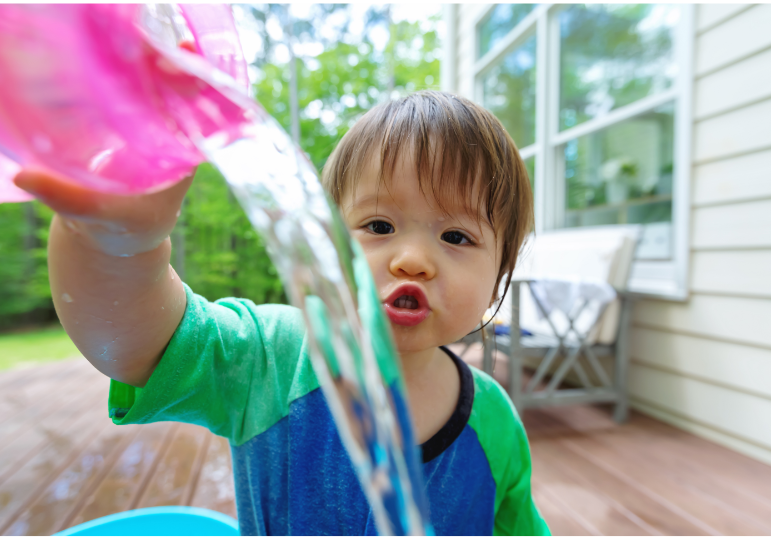
Remember, it is important to use real materials where possible such as an actual glass.
Why It’s Beneficial: Pouring water helps children develop fine motor skills, hand-eye coordination, self-correction, and concentration. It also allows them to practice control and precision, which are important life skills.
Pouring water helps to develop a child’s sense of independence. Children learn about cause and effect from this activity because they have to clean up spilled water when they are toddlers.
3. Sweeping
You may have introduced helping with household chores earlier, but if not, two years old is the perfect time to introduce sweeping. One of the first things you will notice when you walk into a
Sweeping is a Practical Life activity that falls into Care of Environment activities. For this Practical Life activity, you will need a child-sized broom.

Why It’s Beneficial: When children sweep they must use large, coordinated movements to clean the space, therefore helping develop gross motor skills. Additionally, sweeping can help children develop their coordination and foster a sense of responsibility.
Furthermore, sweeping helps children develop their spatial awareness and gives them another way to interact with their environment. Practical Life activities help children understand cause and effect while giving them a sense of accomplishment when completing a task.
4. Color Sorting
Color Sorting activities are a
There are several different versions of color sorting activities that you can do, many of which require items you already have at home.
One of the first color sorting activities you can introduce requires a muffin tin, colored stickers, and six different colored objects. These objects can be large craft pom poms, colored pasta, or paper cut out in circles.
Once you have everything you need, place a colored sticker on each of the muffin tin openings. This signals where the toddler should put the corresponding items of that color. You can then demonstrate the activity to the toddler.
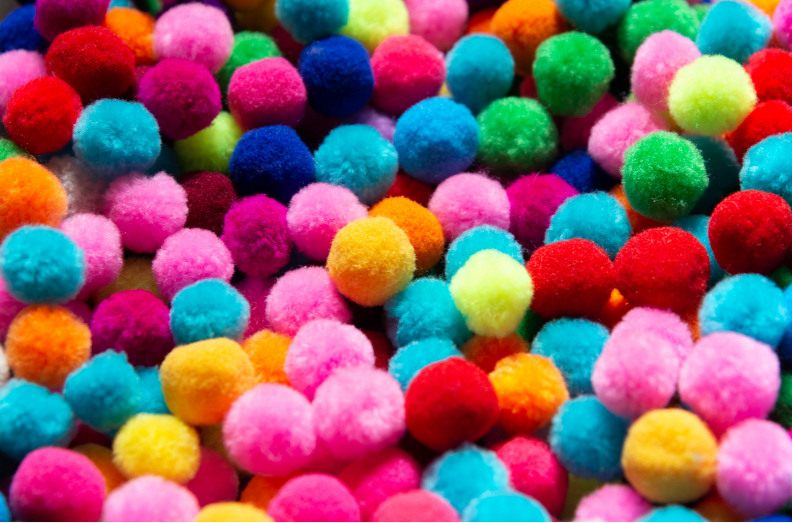
Why It’s Beneficial: Color sorting helps children develop visual perception, categorization skills, concentration, and sequential thinking. It also allows them to practice making decisions and they learn about color and color relationships.
When children sort objects by color, they must focus on the different hues and shades, and learn to categorize objects based on their color. This helps them develop their visual perception and teaches them about order. Additionally, sorting objects by color requires concentration and decision-making, which are important skills in many areas of life.
5. Hanging Up Washing
The hanging-up washing activity is a Practical Life exercise that involves hanging wet clothes on a line to dry. As a precursor to this activity, the toddler can help you load the washing machine, and transfer the clothes into a basket.
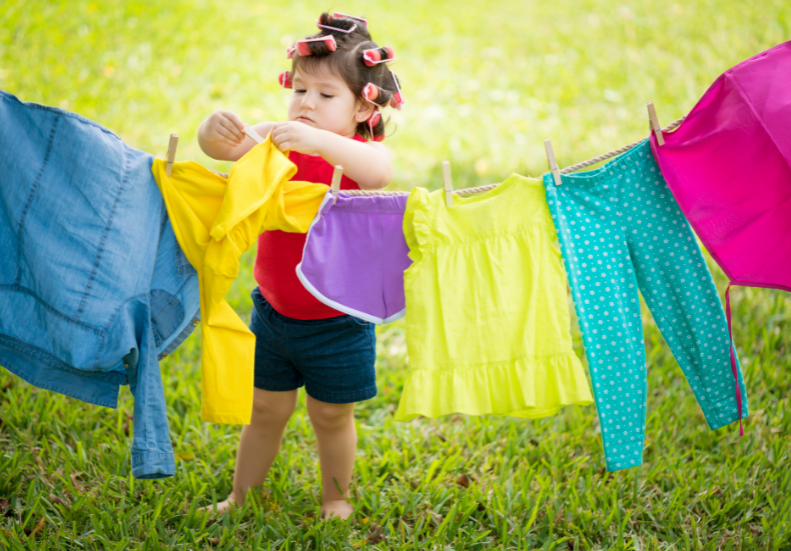
Why It’s beneficial: Hanging clothes on a washing line helps children develop fine and gross motor skills and hand-eye coordination. This activity involves bigger movements as toddlers reach down to collect the clothing and reach up to play it on the line.
The activity stimulates fine motor skill development as they have to position the clothes correctly on the line and secure them with pegs. Additionally, this activity helps toddlers involve themselves in the daily life of the family, helping to understand their family and their role within it.
6. Matching Activities
Matching activities are
To begin with, use objects that the toddler is familiar with such as fruits and vegetables, animals, or shapes. It is best to use two objects that are the same to introduce the concept of matching to the toddler.
For this introductory activity, place 2-3 pairs of objects in a basket so they can match them. You can use items such as fruits (2 apples, 2 bananas, etc), or cutlery ( 2 forks, 2 little spoons, 2 dessert spoons).
Why It’s beneficial: Matching activities promote language development, sequential thinking, organizational and categorization skills, and problem-solving. Additionally, matching activities lay the foundation for later concepts needed to understand mathematics.
When children match objects, they must focus on the similarities and differences between the objects, and learn to categorize them based on those criteria. This helps them develop their visual perception and improves their ability to differentiate between objects.
7. Baking
2 years old is the perfect time to introduce a toddler to the sensory experience of baking. Baking in the kitchen with a toddler is a
When including a child in the kitchen, it is imperative that you prepare the environment first, and do not give them a task that is too difficult.
To bake with a toddler make sure you have all of the ingredients you need out on the counter, preferably measured out already (you can let the toddler measure once you think they are developmentally ready). You can choose whatever you would like to bake.
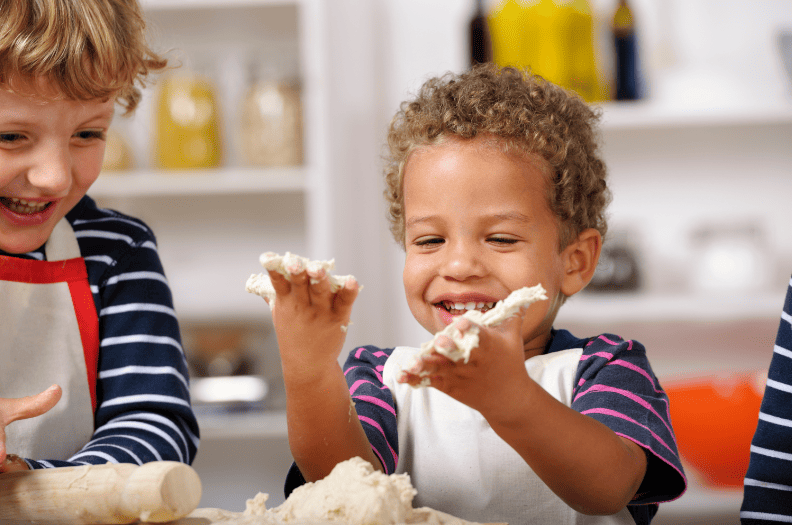
Why It’s beneficial: Baking is a multi-sensory, hands-on learning experience that helps develop fine and gross motor skills, and hand-eye coordination. Baking also helps with language development as you use words during baking that you may not use every day.
Additionally, baking allows children to practice following instructions and to learn about cause-and-effect relationships, as they see the impact of their actions on the final product.
8. Sink or Float
Sink or float is a
For this activity, you will need a bowl of water, and various objects such as blocks, rocks, beads, plastic animals, vegetables, or fruits. Place the items on a tray and let your toddler explore putting the objects in the water to see if they sink or float.
When they are familiar with the activity, they can start to group the items depending on whether they sink or float.
Why It’s Beneficial: The sink or float activity introduces children to scientific concepts and helps them learn about buoyancy and density. By engaging with this activity, toddlers see how different objects interact with water and understand why some objects sink while others float.
9. Gardening or Caring For Plants
You would be hard-pressed to find a
For two-year-olds who are working on pouring water, watering a plant is a great way to demonstrate another use for their new skill. Present a safe plant on a tray with a child-sized watering can. You should demonstrate how to water the plant and then let the toddler try it.
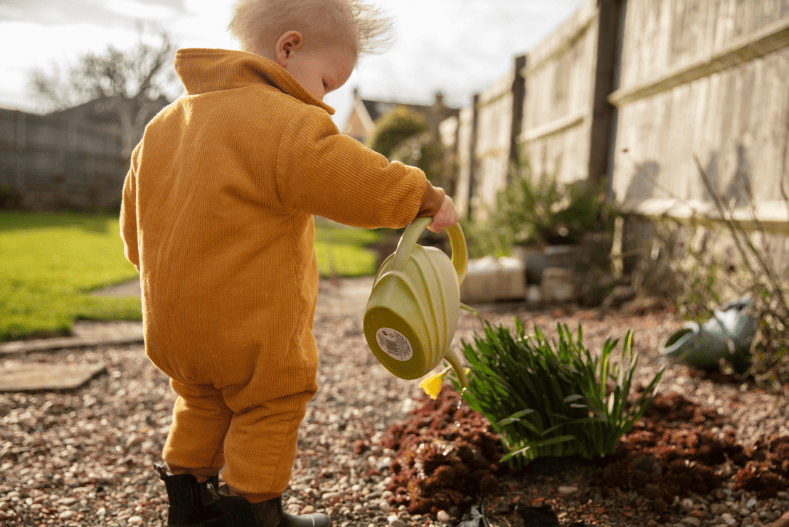
Gardening is another great way to immerse a toddler in nature and show them how to care for their outside environment. You can let the toddler water the plants outside (after demonstrating it).
Why It’s beneficial: Learning how to water a plant at 2 years old introduces them to the concept of caring for plants. Watering a plant helps toddlers develop their fine motor skills and hand-eye coordination.
10. Opening and Closing Containers
Opening and closing containers is a Practical Life activity that involves opening and closing containers of various shapes and sizes. This activity can be set up using items you have in your kitchen. You can choose from a variety of containers, such as boxes, jars, or bottles.
To set up this activity, place three different containers onto a tray. The containers can have varying ways to open and close them such as screw-on lids, Tupperware, or zips. You can demonstrate how each container opens and closes to the toddler and then let them explore the materials.
Why It’s beneficial: Opening and closing containers help children develop fine motor skills, hand-eye coordination, and problem-solving skills. This activity also helps to demonstrate the concept of cause and effect. If your toddler can’t yet open and close the materials, do not worry. The simple act of a toddler manipulating the materials helps to develop their fine motor skills.




